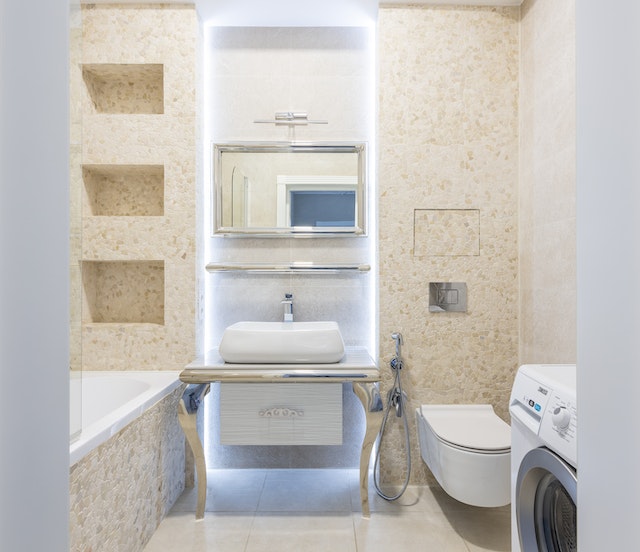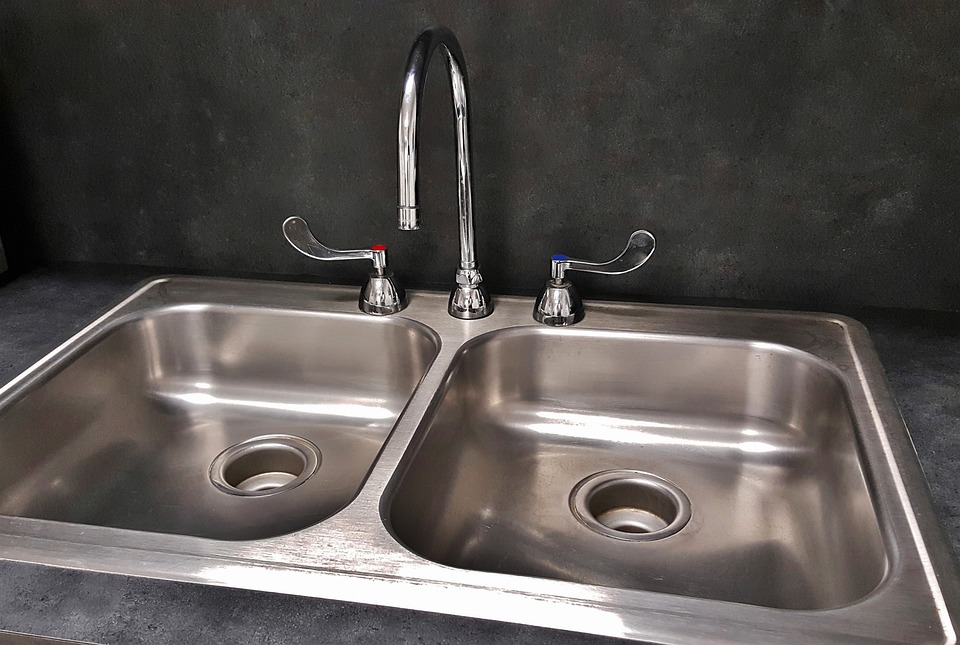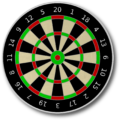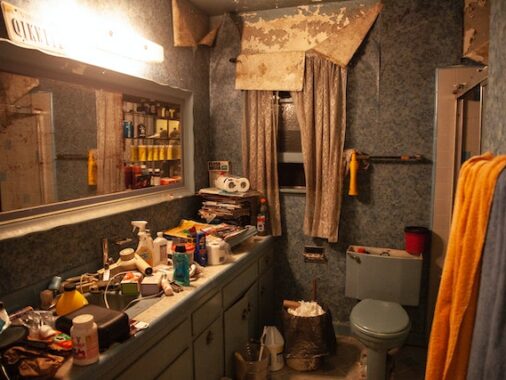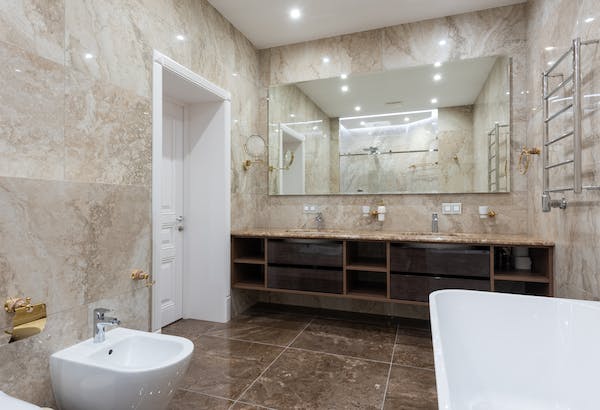Bathroom wall panels are a type of covering that can be installed over existing bathroom walls to provide a fresh, updated look. They are typically made from materials such as PVC, acrylic, or fiberglass, and come in a variety of designs and styles to suit different tastes and preferences.
These panels are typically used as a replacement for traditional tile or wallpaper in a bathroom, as they are easier to install, require less maintenance, and are often more durable and resistant to moisture and mold. They can be installed directly over existing tiles or drywall, or as a complete replacement for the existing bathroom walls
Benefits of Using Bathroom Wall Panels
There are several benefits to using bathroom wall panels in a remodeling project. Here are some of the most significant advantages:
Easy installation: Bathroom wall panels are relatively easy to install, especially compared to traditional tile or wallpaper. They often come in large, interlocking panels that can be quickly installed without the need for grout or adhesives, which can save time and money.
Low maintenance: Because bathroom wall panels are made from materials like PVC or acrylic, they are easy to clean and maintain. Unlike tile, there are no grout lines to scrub or seal, which can be a time-consuming and frustrating task.
Cost-effective: Bathroom wall panels are often more affordable than traditional tile or other materials used for bathroom walls. Additionally, their ease of installation can save on labor costs, making them a cost-effective option overall.
Durability: Bathroom wall panels are designed to be durable and long-lasting. They are resistant to scratches, impact, and stains, making them an excellent choice for high-traffic bathrooms or homes with young children.
Waterproof and mold-resistant: Many bathroom wall panels are designed to be waterproof and mold-resistant. This makes them an ideal choice for use in a bathroom, where moisture and humidity can be a problem.
Design Options
Bathroom wall panels come in a wide range of design options, making it easy to find the perfect style for any bathroom. Here are some of the most common design options available:
Colors and patterns: Bathroom wall panels can be found in a wide range of colors, from neutral tones like white, beige, and gray, to bold, vibrant colors like blue, green, and red. They can also feature various patterns, such as geometric shapes, floral designs, or textured finishes.
Textures: Many bathroom wall panels feature textured finishes that mimic the look of natural stone, wood, or other materials. These textures can add depth and visual interest to a bathroom and create a unique, custom look.
Sizes and shapes: Bathroom wall panels come in a variety of sizes and shapes, allowing for customized installation in any bathroom. Some panels are designed to be installed horizontally, while others are meant to be installed vertically. They can also be found in different sizes to fit the dimensions of any bathroom.
Panel placement and layout: Bathroom wall panels can be installed in a variety of patterns and layouts, including herringbone, brick, or subway patterns. These layouts can add visual interest to a bathroom and create a unique look.
Customization: Some manufacturers offer customized bathroom wall panels, allowing homeowners to create a completely unique design for their bathroom walls. This can include custom colors, patterns, and even images or graphics.
Installation Process
The installation process for bathroom wall panels varies depending on the type of panels and the existing walls in the bathroom. Here is a general outline of the installation process:
Preparation: Before installation, the existing bathroom walls should be cleaned and prepped to ensure that they are free from any dirt, debris, or loose material. Any existing tile or wallpaper may need to be removed or smoothed out to create a flat surface.
Measurement: Accurate measurement is crucial for proper installation of bathroom wall panels. Measure the height and width of each wall to determine the number of panels needed. It’s a good idea to add a few extra panels to account for any cuts or waste.
Cutting: If necessary, cut the panels to fit the dimensions of the walls using a saw or a utility knife. Make sure to follow the manufacturer’s instructions for cutting the panels to avoid damaging them.
Installation: Install the panels according to the manufacturer’s instructions. Depending on the type of panels, they may be attached to the wall using adhesive, screws, or interlocking mechanisms. Install the panels one at a time, starting at the bottom of the wall and working your way up. Make sure that each panel is level and secure before moving on to the next one.
Finishing: Once all the panels are installed, any gaps between the panels and the ceiling, floor, or corners can be filled with a silicone sealant to prevent moisture from getting behind the panels.
Maintenance and Care
Maintaining and caring for bathroom wall panels is generally straightforward and easy. Here are some tips for keeping your bathroom wall panels looking their best:
Regular cleaning: Regular cleaning is essential for keeping bathroom wall panels looking their best. Simply wipe them down with a soft cloth or sponge and a mild soap solution to remove any dirt or grime. Avoid using abrasive cleaners or scrubbers, as these can damage the panels.
Avoid harsh chemicals: Harsh chemicals, such as bleach or ammonia, can damage bathroom wall panels. Avoid using these types of cleaners on the panels.
Repair any damage promptly: If a panel becomes damaged or scratched, repair it promptly to prevent moisture from getting behind the panel. Small scratches can often be buffed out with a polishing compound, while larger damage may require a replacement panel.
Check for signs of mold or mildew: Although bathroom wall panels are often mold-resistant, it’s still a good idea to check for signs of mold or mildew periodically. If you notice any signs of mold or mildew, clean the affected area immediately with a mold and mildew cleaner.
Keep the bathroom well-ventilated: Proper ventilation is essential for preventing moisture buildup in the bathroom, which can lead to mold and mildew growth. Make sure that your bathroom has a ventilation fan and use it regularly, especially when taking a shower or bath.
FAQ:
What are bathroom wall panels?
Bathroom wall panels are a type of wall covering made from various materials, such as PVC, acrylic, or composite materials. They are designed to be a durable, waterproof, and low-maintenance alternative to traditional tiles or wallpaper in bathrooms.
What design options are available for bathroom wall panels?
Bathroom wall panels come in a wide range of design options, including colors, patterns, textures, sizes, shapes, and layouts. Some manufacturers also offer customized options, allowing homeowners to create a unique look for their bathroom.
Can bathroom wall panels be used in shower areas?
Yes, some bathroom wall panels are specifically designed for use in shower areas and other high-moisture areas. It’s important to choose panels that are rated for wet areas to ensure they can withstand the moisture and humidity levels in the bathroom.

